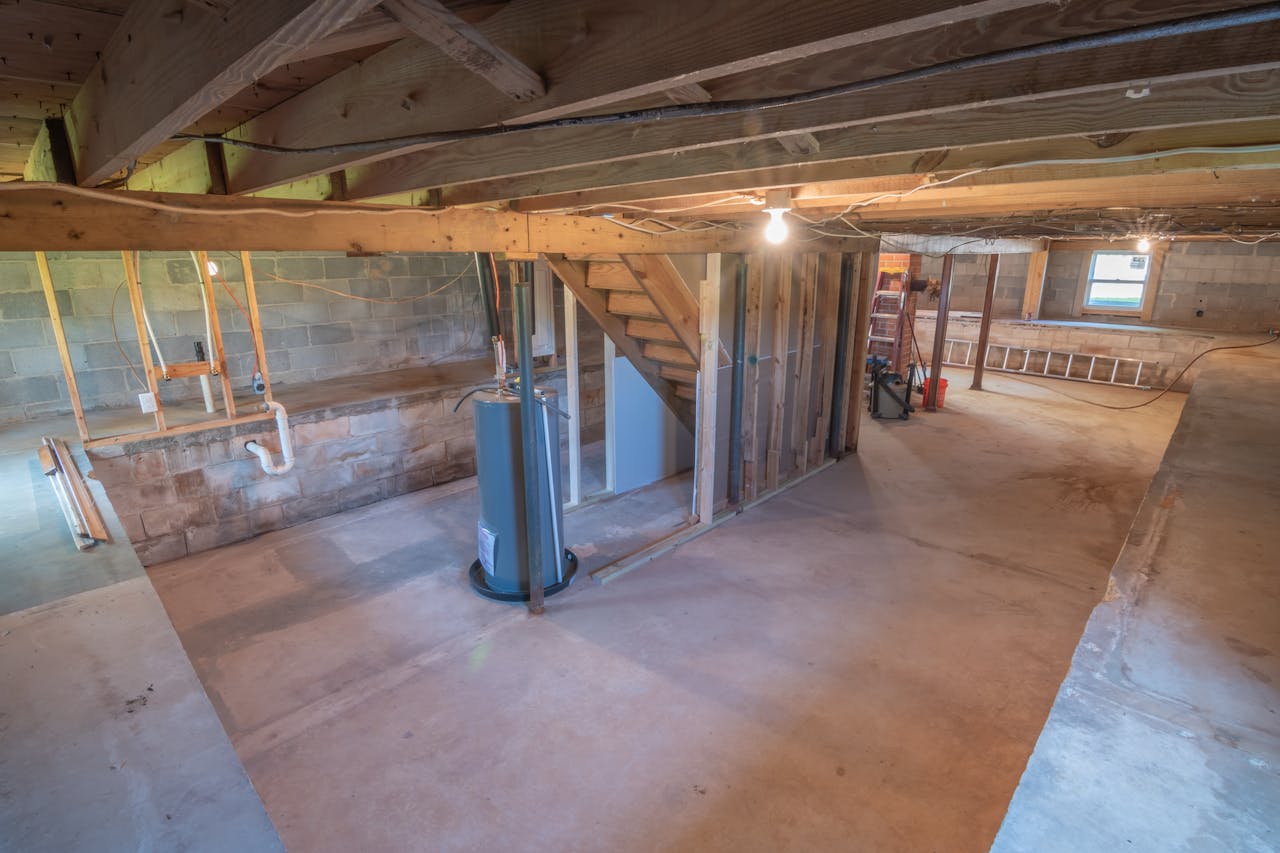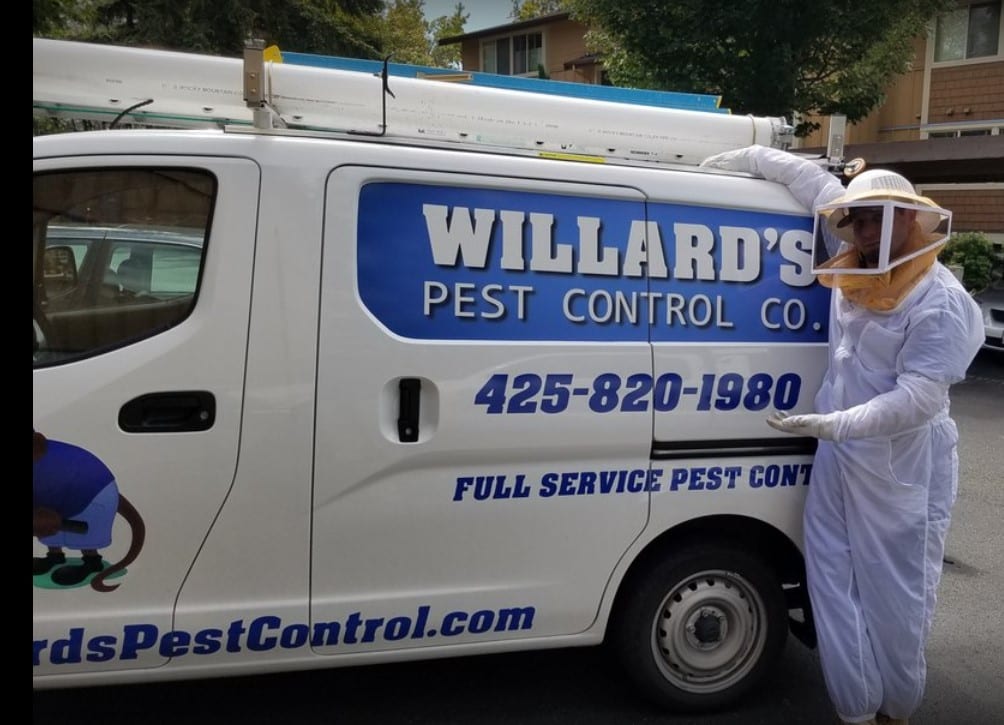
Crawl spaces are an essential yet often overlooked part of many homes. They play a crucial role in protecting your foundation, housing vital systems, and even influencing indoor air quality. However, when neglected, crawl spaces can lead to big problems—think mold, pest infestations, and skyrocketing energy bills. Did you know that up to 60% of the air you breathe inside your home originates from your crawl space? Furthermore, studies suggest that around 60% of American homes suffer from crawl space moisture, which can harm both your property and your health. Regular maintenance can help prevent these issues, saving you money and safeguarding your home’s integrity.
Why Your Crawl Space Matters
A crawl space is the narrow area between the ground and your home’s first floor. Typically only a few feet tall, it provides a buffer against shifting soil and moisture intrusion. It also conveniently houses plumbing, HVAC systems, and electrical wiring, offering easy access for repairs. Despite its functional design, if left unattended, your crawl space can become a breeding ground for mold, pests, and humidity, all of which can leak into your home.
How It Affects Your Home
Many people overlook their crawl space, but its condition can have a surprising impact on your daily life and home environment. Essentially, it’s the unseen gateway to a healthier, more efficient, and pest-free home.
- Air Quality: You might not realize it, but up to 60% of the air circulating inside your home can come from the crawl space. If the crawl space is damp, moldy, or pest-infested, these harmful pollutants can make their way into your living areas, potentially worsening allergies or respiratory issues.
- Energy Efficiency: A poorly insulated crawl space allows air leaks, which can overwork your heating and cooling systems. You might notice higher energy bills as a result. On the flip side, an insulated and sealed crawl space can help maintain a consistent indoor temperature, reducing energy consumption.
- Pest Control: A neglected crawl space can become a breeding ground for pests like rodents, termites, and cockroaches. These intruders don’t just stay below—they can spread throughout the house, damaging wooden structures and even carrying diseases.
- Moisture Levels: Your crawl space plays a critical role in managing moisture, whether through proper drainage or barriers. Excess moisture trapped in this space can lead to mold, wood rot, and even damage to the foundation itself.
Paying attention to the crawl space isn’t just a maintenance task; it’s a way to protect your home’s comfort, safety, and longevity.
Signs of Neglect
Neglecting your crawl space can lead to costly and troublesome problems. Here are some common warning signs that your crawl space may need attention:
- Foul Smells: If you notice a persistent musty odor in your home, it could be coming from mold or mildew in your crawl space. Poor ventilation and moisture are often to blame.
- Higher Energy Bills: If your energy costs are spiraling, an unsealed or poorly insulated crawl space might be the culprit. Air drafts and gaps allow warm or cool air to escape, making your HVAC system work harder.
- Pest Infestations: Spotting rodents, insects, or the sound of scurrying under your floorboards? They’ve likely found a home in your crawl space. Pest infestations are not only unpleasant but can cause significant structural damage.
- Visible Mold or Moisture: If you see signs of mold growth, standing water, or damp insulation, these are red flags that water is entering your crawl space. Over time, this can lead to wood decay and even threaten the integrity of your home.
Being aware of these issues can help you take proactive steps to prevent long-term damage. Regular inspections and maintenance are key to keeping your crawl space in healthy condition—and by extension, your entire home.
Common Crawl Space Issues
Over time, crawl spaces often face these recurring issues, each with its own consequences for homeowners.
Moisture and Mold
Moisture typically finds its way into the crawl space through poor drainage, plumbing leaks, or inadequate sealing. The damp environment allows mold and mildew to thrive. Mold spores not only spread into living areas but also weaken your immune system over time, triggering allergies, asthma, and other respiratory concerns.
Structurally, constant exposure to dampness fosters wood rot. Beams and joists may weaken, putting your foundation and home stability at risk.
Pest Infestations
An unmaintained crawl space is like an open invitation to pests. Termites, rodents, and insects often nest here, drawn by the shelter and moisture. Termites silently destroy wooden beams, while rodents chew on insulation, wires, and more. Alongside structural damage, pests bring contamination risks, spreading diseases into your household.
Foundation Damage
Water pooling beneath your home can erode soil and lead to foundational cracks. Left unchecked, this kind of damage can cause walls and floors to warp or sag, threatening the stability of your property.
Energy Inefficiency
Drafts from a poorly sealed crawl space dramatically reduce your home’s energy efficiency. Warm air escapes in the winter, while hot air seeps in during the summer, forcing HVAC systems into overdrive. Addressing air leaks and adding better insulation can curb these issues.
Benefits of Routine Maintenance
Regular crawl space upkeep offers numerous advantages, from cost savings to increased home safety.
- Healthier Air Quality
Cleaning and insulating your crawl space prevents pollutants and allergens from circulating into your home. This benefits anyone prone to allergies or asthma. - Energy Savings
Properly insulated and sealed crawl spaces regulate home temperature, easing the burden on HVAC systems. The result? Lower utility bills. - Stronger Structural Support
Preventative maintenance protects your foundation and structural components from moisture, ensuring your home stays stable and safe. - Pest-Free Living
Clean, sealed crawl spaces are far less appealing to pests, saving you from infestations and the stress they bring.
Step-by-Step Maintenance Guide
Maintaining your crawl space doesn’t have to be daunting. Follow these simple steps to keep it functional and damage-free:
1. Regular Inspections
Examine your crawl space at least twice a year, preferably during seasonal transitions like spring and fall. Look for water leaks, mold growth, rodent droppings, and other issues. Don’t forget to inspect wooden beams for cracks or rot.
2. Keep It Clean
Remove debris such as fallen insulation, wood scraps, or stored items. Organic materials attract pests and promote mold growth. Use gloves, masks, and goggles during cleanup to protect yourself from potential toxins.
3. Control Moisture Levels
A dry crawl space is a healthy crawl space. Begin by installing a vapor barrier across the ground to block moisture from entering. If humidity persists, consider adding a dehumidifier or using a sump pump to manage excess water. Regularly ensure that gutters and downspouts direct water away from your foundation.
4. Optimize Ventilation
Check that crawl space vents are unblocked to allow proper airflow. However, in humid climates, a sealed crawl space may be a better choice to prevent added moisture.
5. Insulate and Seal
Insulation adds a thermal barrier, reducing drafts and energy loss. Use spray foam or foam board insulation along crawl space walls and seal gaps around plumbing or wiring fixtures. This not only keeps indoor temperatures stable but also deters pests from entering.
6. Pest Control
Install mesh vent screens to keep out rodents or larger pests. Consider using traps for infestations or hiring professionals for severe cases. Avoid leaving clutter in the crawl space, as it can easily become pest nesting material.
7. Know When to Seek Professional Help
If you notice recurring mold, structural cracks, or persistent water issues, it’s time to call in the pros. They can handle mold removal, advanced inspections, and the installation of complex systems like sump pumps or encapsulation.
Crawl Space Encapsulation
Encapsulation involves sealing off your crawl space using a heavy-duty vapor barrier, sealing strips, and sometimes additional insulation. Designed to keep moisture and airflow in check, crawl space encapsulation transforms your crawl space into a controlled environment.
Benefits of Encapsulation
- Moisture Control
Encapsulation prevents water seepage, reducing risks of rot, mold, and mildew. - Enhanced Air Quality
By blocking allergens and pollutants, your living areas stay healthier. - Improved Energy Efficiency
Sealing drafts significantly lowers your heating and cooling costs. - Boosted Home Value
A properly encapsulated crawl space appeals to buyers as a low-maintenance, long-term investment.
Is It Worth the Cost?
Encapsulation can cost anywhere from $5,000 to $15,000, depending on materials and space size. While it may require an upfront expense, homeowners plagued by dampness, high energy bills, or pest issues often find the investment worthwhile. Encapsulation is especially beneficial in regions prone to heavy moisture or flooding.
Crawl Space Maintenance Mistakes to Avoid
Ignoring Small Problems Until They Become Large Ones
One of the most common mistakes homeowners make is overlooking minor anomalies in their crawl spaces. A tiny water leak, a faint musty smell, or a small crack may not seem like a big deal, but these issues can escalate quickly. For instance, a minor leak can turn into standing water, inviting mold growth and weakening the structural integrity of your home over time. Similarly, small cracks can widen, leading to drafts, energy loss, or even pest entry.
The best approach is to tackle these problems early. Regular inspections and prompt fixes can prevent costly repairs. Ignoring small problems delays the inevitable and often makes resolution more expensive and time-consuming in the long run.
Using the Crawl Space for Unnecessary Storage
While a crawl space can seem like a handy spot to stash old boxes or out-of-season gear, using it as a storage area can create problems. Stored items, especially those made of organic materials like wood, paper, or fabric, attract pests and absorb moisture, fostering mold growth.
Overcrowding your crawl space also makes it harder to inspect and maintain, allowing small issues to go unnoticed. Instead, limit what you store in your crawl space to essentials in sealed, waterproof containers. Better still, find alternative storage options to keep the area free for regular maintenance and proper airflow.
Trying DIY Solutions Without Proper Knowledge or Tools
Crawl space maintenance often requires specialized tools and expertise that many homeowners don’t have. For example, installing a vapor barrier or repairing insulation may seem straightforward, but improper installation can render these solutions ineffective.
Worse, attempting advanced repairs without understanding the underlying problem—such as addressing mold without eliminating moisture sources—can exacerbate the issue. While it’s great to take initiative, know your limits. For tasks involving structural repairs, mold remediation, or moisture control equipment, it’s wise to call in professionals who can ensure the job is done correctly.
Overlooking Inspections for Pests or Damage After Bad Weather
Extreme weather conditions, such as heavy rain, snowstorms, or high winds, can take a toll on your crawl space. Unfortunately, many homeowners neglect to check for damage or infestations after such events, allowing potential issues to worsen.
Water intrusion from heavy rains can quickly lead to standing water or saturated soils under your crawl space. Similarly, rodents and insects may take advantage of damage caused by weather, such as broken vents or gaps in sealing. After significant weather events, make it a habit to inspect your crawl space for leaks, pooling water, pest activity, or structural damage. Addressing these issues immediately prevents them from becoming bigger problems.
Final Thoughts
Maintaining your crawl space may not be the most glamorous part of homeownership, but its impact on your home’s health, efficiency, and safety is undeniable. A well-maintained crawl space protects your home from moisture, pests, and structural damage while improving energy efficiency and indoor air quality. By staying proactive—conducting regular inspections, addressing minor issues promptly, and considering solutions like encapsulation—you can avoid costly repairs and enjoy a more comfortable, healthy living space. Don’t wait for problems to arise—invest in your crawl space today to safeguard your home for years to come.


